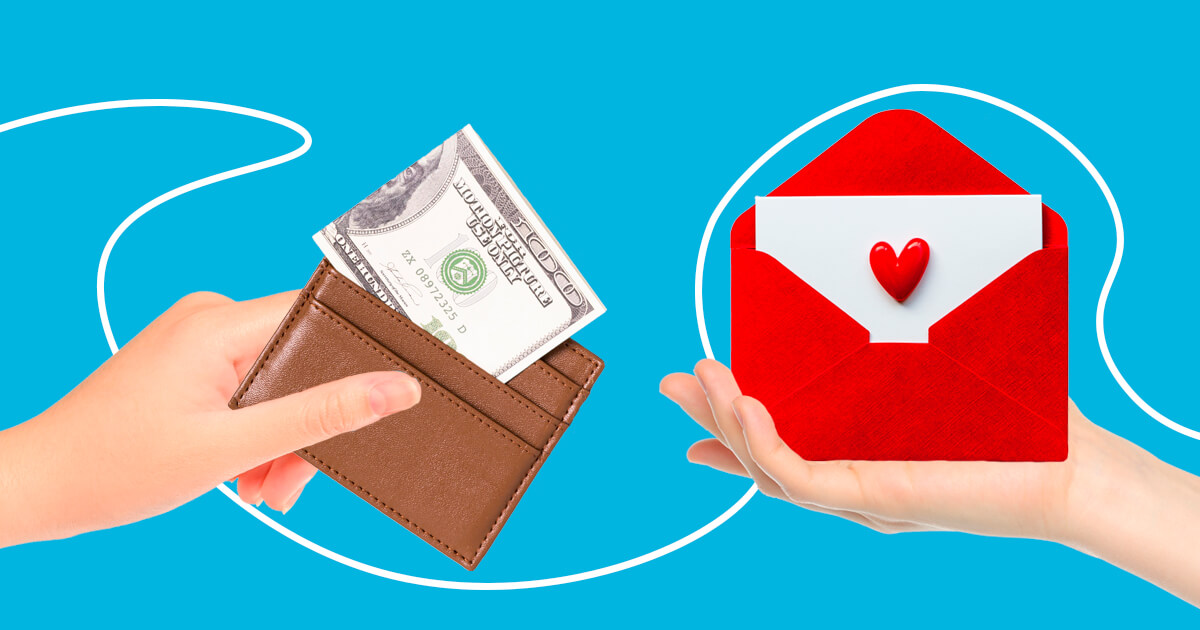Nonprofit emails: What they are and why send them
Nonprofit emails are marketing emails that not-for-profit organizations (public charities, private foundations, and the like) send to their contacts. Technically, these emails work in a similar manner as they do in for-profit email marketing. But the goals are often different.
These goals include:
- Attracting new supporters and potential donors
- Raising awareness
- Securing donations
- Recruiting volunteers, and more.
Reaching these goals is critical to nonprofits to continue functioning: without supporters, donors, and volunteers, these organizations will cease to exist. Having no extra money to spare on marketing only adds to the challenge.
And that’s where email marketing comes in: it’s omnipresent, easily automated, very cost-effective, and far more personalized than social media. Moreover, nonprofit emails have a remarkably high average open rate of 23%-25,5% — one of the top results among the 20+ industries examined. All of that combined proves email to be an ideal marketing tool overall for charity organizations.
Yet these are the click-through rates that really make the difference — but rafting compelling nonprofit emails is no easy feat. Luckily, there are plenty of inspiring nonprofit email examples that you can use as templates. Below, you’ll find the 9 best ones of our choice.




























